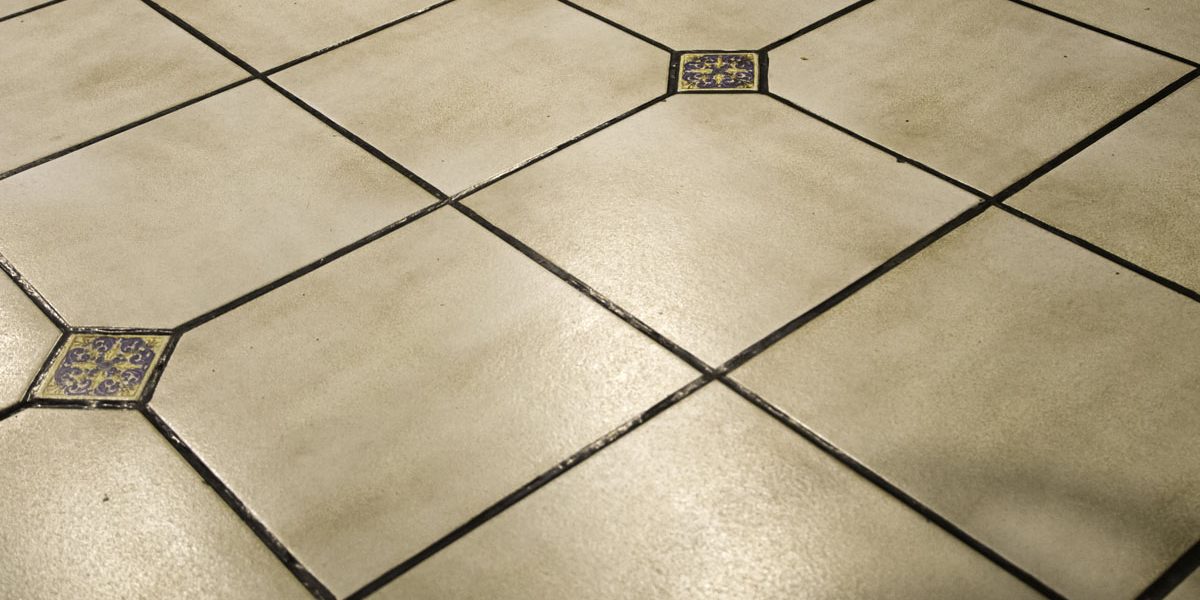When deciding on tiles for your home, the debate between porcelain and ceramic tiles is all too frequent. In this post, it is going to discuss the advantages and disadvantages of both flooring types to help you better understand each of them and make the right decision for your specific needs.
Ceramic Tile
What is ceramic tile?
Ceramic tile is made out of sand, clay and water that is molded, set to dry and then gets fired in kilns at extreme temperatures. This process hardens them, giving them strength and durability. They are also installed easily and are easy to maintain. These attributes have made ceramic tile a favorable material across the globe for hundreds of years.
Advantages of ceramic tile
Reasonably priced.
Overall, ceramic tiles are priced lower than porcelain tiles, meaning these tiles offer a wider variety of affordable options.
Adaptability.
Ceramic tile comes in a broad range of shapes, sizes and colors, providing a lot of options for every interior design aesthetic.
Cut easily.
This type of tile is softer than porcelain, making it easier to cut and manage. This could be especially beneficial for DIY projects, making cutting tiles for fitting around corners and other complex shapes more widely accessible.
Disadvantages of ceramic tile
Softness.
Although they are surprisingly durable, ceramic tiles are less dense than porcelain, which could make them more inclined to crack or chip.
Porosity.
Un-finished ceramic, like quarry tile, is typically more porous, making it less adequate for high-moisture areas and outdoor settings. Nevertheless, finished ceramic tiles are not porous, making them perfectly suited for showers, bathrooms, and other high moisture areas. Speak with our tile professionals to find the best ceramic tile alternative to stand up to a wet setting.
Where to use ceramic tile
These tiles can be best utilized in areas that have a lot of wear. They are perfect for interior walls, kitchen and bathroom backsplashes, and areas that see light to somewhat light foot traffic in which settings are not excessively wet.
Cost of ceramic tile
The cost of ceramic tile varies widely subject to the style, size, and quality. Whereas it is very feasible to locate ceramic tile that are more costly than some porcelain tile, on average ceramics are going to be less costly than porcelain. A lot of ceramic tile options are going to cost between $5 and $10 per square foot, with some alternatives somewhat less and higher end options a little more.
Porcelain Tile
What is porcelain tile?
This type of tile is made from a more refined variant of the identical clay mixture used for ceramic tiles that are fired at high temperatures. This process results in a tile that is more dense, less porous, and extremely durable, making it appropriate for both inside and outside implementations like verandas, showers, and kitchen backsplashes.
Advantages of porcelain tile
Sustainability.
Porcelain tiles are extremely durable, making them appropriate for high traffic areas like hallways, foyers, and kitchens.
Low porosity.
This type of tiles low water intake rate makes it perfect for using in high-moisture settings such as bathroom flooring and shower enclosures or in outside areas such as patios.
Versatility.
Porcelain tiles are available in a wide range of finishes, from matte to high gloss, and can imitate stone, hardwood, and other types of natural materials.
Disadvantages of porcelain tile
Expense.
Porcelain tile tends to be a little more expensive than ceramic tile because of their somewhat superior durability and resistance to water in addition to necessitating a more energy-intensive manufacturing method.
Installation.
Their density and toughness make them harder to cut and install. This can possibly increase installation expenses and require a higher skill level and use of specialized tools for those doing it themselves.
Specialized glue.
Porcelain tile’s nonporousness means that the installer is required to use a thin-set glue that comes with a higher latex count. This kind of clue can be more costly compared to a thin-set that is appropriate for use with ceramic tile.
Where to use porcelain tile
Porcelain tiles are durable enough to be utilized just about anywhere. They are a perfect choice for floors in high-traffic areas, outdoor areas and by the swimming pool. Their resistance to moisture also makes them perfect for bathrooms, kitchens and laundry rooms.
Cost of porcelain tile
Likewise, to ceramic tile, it is feasible to find porcelain tile that are less costly than ceramic ones. However, porcelain tile is typically at a higher price than ceramic tile. Costs differ based on the design of the tile, its size, and the quality of material their made out of, but the average price range for porcelain tile is eight to fifteen dollars per square foot.
Which Material is Best for You?
Choosing between porcelain and ceramic tiles is subject to several factors, including your budget, the setting in which the tile is going to be installed, and your artistic preferences. For high-traffic or in outdoor settings, porcelain is going to typically be the better choice due to its permanence and resistance to moisture. For areas that have lighter foot traffic or projects in which budget may be a worry, ceramic tiles provide a budget friendly and appealing alternative.
.
Hughes Development Offers Custom Homes in Mesa, Arizona and Surrounding Areas
Hughes Development is a third generation home builder in Arizona and has over fifty years of home building experience! We offer our custom home expertise throughout the Phoenix valley including Mesa, Apache Wells, Mountain Whisper and more areas in Arizona. To speak with our custom home development team call (480)444-6691 or contact us.


